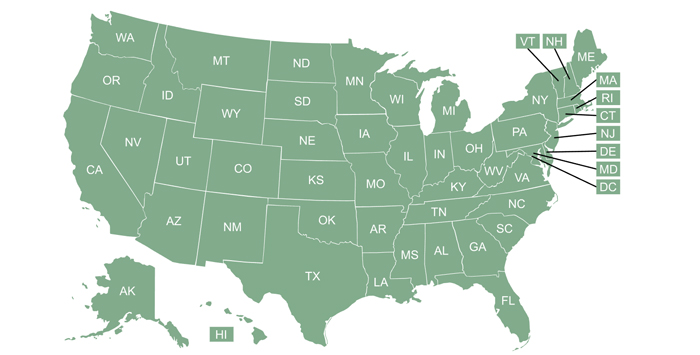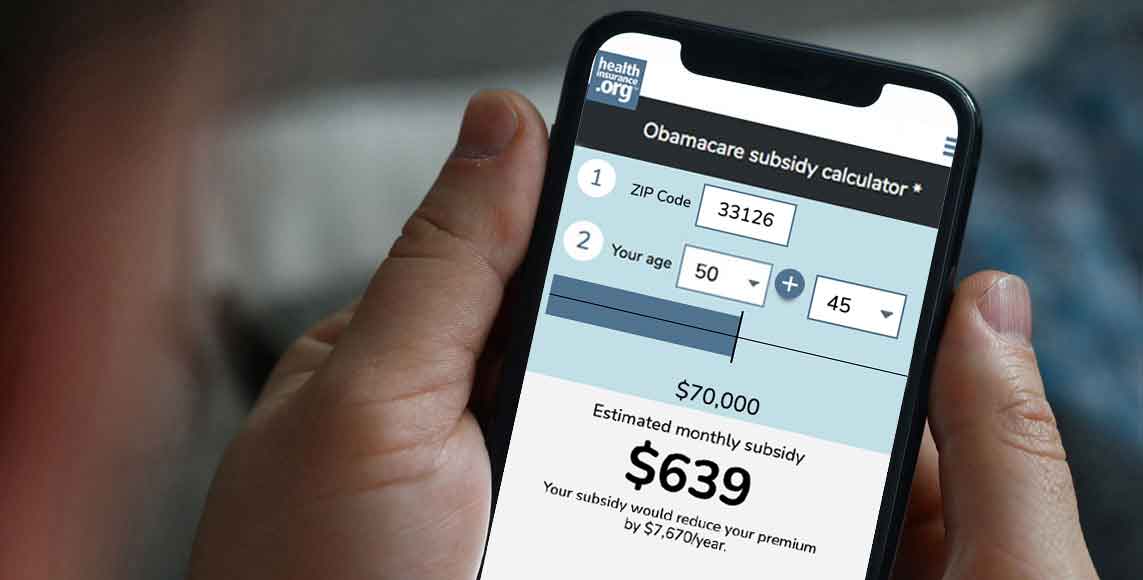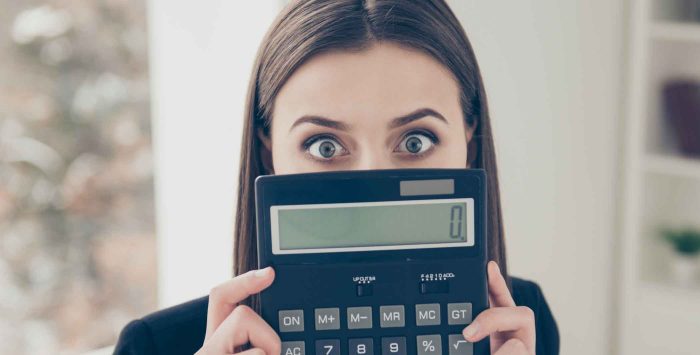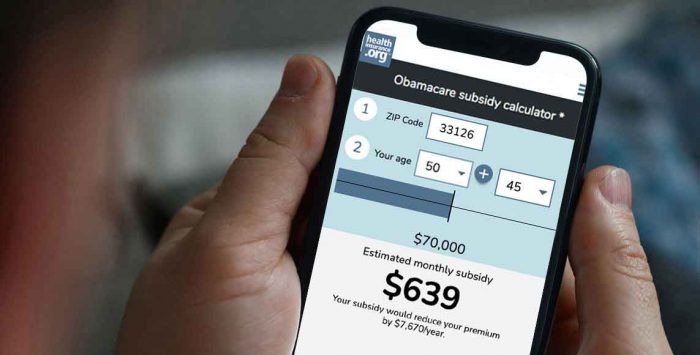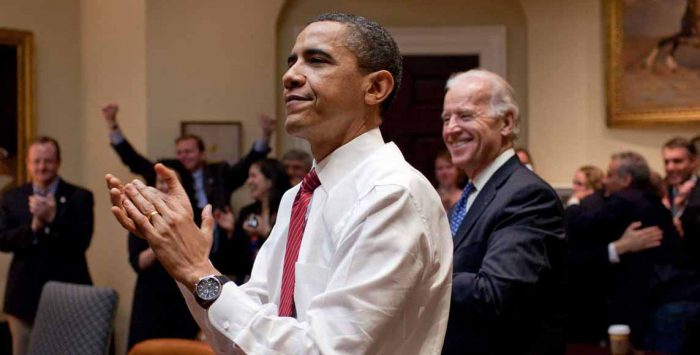Please provide your zip code to see plans in your area.
Featured
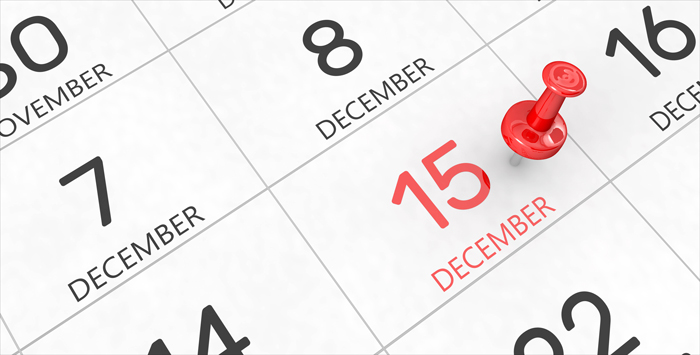
Featured

federal poverty level
What is the federal poverty level?
What is the federal poverty level?
The federal poverty level (FPL) is commonly used to refer to the federal poverty guidelines that HHS issues each year. (Although HHS notes that “federal poverty guidelines” is actually the correct terminology, and that “federal poverty level” should be avoided, the latter tends to be more frequently used.)
It’s specified as an income amount that is used to determine eligibility for various income-based public programs, such as Medicaid, premium tax credits, and cost-sharing reductions. The specific dollar amount varies based on the number of people in the household and whether the household is in Alaska, Hawaii, or the continental U.S.
How is the federal poverty level used in healthcare?
The federal poverty level is used to determine eligibility for Medicaid and CHIP (the Children's Health Insurance Program); to determine eligibility for ACA premium tax credits and cost-sharing reductions (subsidies); and eligibility for Medicare Savings Programs (MSPs) and the Low-Income Subsidy for Medicare Part D.
Medicaid and CHIP:
- In states that have expanded Medicaid, adults under the age of 65 will qualify for Medicaid if they earn up to 138% of the federal poverty level. (Note that although you'll often see this written as 133%; there's a 5% income disregard that effectively brings it up to 138%.)
- Children and people who are pregnant are eligible for Medicaid or CHIP at higher income levels; the specific thresholds vary by state.
- In states that haven't expanded Medicaid, the eligibility guidelines are stricter, with much lower income limits for parents and coverage generally not available at all to non-disabled childless adults, regardless of how low their income is. This creates a coverage gap that exists in 11 states as of early 2023 (this will change later in 2023; South Dakota will expand Medicaid as of July 2023, and Georgia plans to partially expand Medicaid as of July 2023, albeit with a work requirement).
- For people who are disabled or 65+, Medicaid eligibility also depends on assets (varies by state; click on a state on this map to see details).
- CHIP eligibility is also based on the federal poverty level, but the specific thresholds vary from one state to another.
- For Medicaid and CHIP eligibility determinations, the current year's federal poverty level numbers are used (and are compared with the household's current monthly or annual income — enrollees can use either one). The poverty level numbers are updated by HHS each year in mid-late January, although many states wait until April to begin using them for Medicaid eligibility determinations (states can start using them sooner than that; Oregon switches over to the new numbers on March 1, for example). Consumer advocates have noted that for 2023, it would be beneficial for consumers if states prioritize a transition to the updated 2023 FPL numbers before Medicaid eligibility redeterminations and disenrollments resume in April 2023 for people who are no longer eligible for the program.
Premium tax credits:
- For premium tax credit eligibility determinations, the prior year's federal poverty level numbers are used, and are compared with the applicant's projected total annual income for the year the coverage will be in force. So for a plan with a 2023 effective date, the household's projected total 2023 income is compared with the 2022 poverty level numbers.
- If you're in a state that has expanded eligibility for Medicaid, premium tax credit (premium subsidy) eligibility in the marketplace/exchange starts above 138% of the federal poverty level (ie, where Medicaid ends). It used to end at 400% of the poverty level (or lower, if the coverage was already considered affordable without a subsidy) but the American Rescue Plan temporarily eliminated that income limit, and the Inflation Reduction Act has extended that provision through 2025. So for the time being, premium tax credits are available regardless of income, if the cost of the benchmark plan would otherwise be more than 8.5% of the household's income.
- If you're in a state that has not expanded Medicaid (there are 12 states that have not expanded Medicaid as of early 2023, although South Dakota will expand Medicaid as of mid-2023 and Georgia plans to partially expand Medicaid in mid-2023), premium tax credit eligibility starts at 100% of the federal poverty level. And as is the case in the rest of the states, there is not an upper income limit for premium subsidy eligibility through 2025. So a person who earns 120% of the poverty level would qualify for Medicaid in some states (ie, states that have expanded Medicaid) and for premium subsidies in others (ie, states that have not expanded Medicaid).
- It’s important to note that children are eligible for Medicaid or CHIP at much higher household incomes than the Medicaid eligibility limits for adults. So it’s common to see households where the kids are eligible for Medicaid or CHIP, while the parents are eligible for premium tax credits instead. If the family chooses to enroll the kids along with the parents on the private plan in the exchange, they have to pay full price for the kids’ coverage, since they could have enrolled in Medicaid or CHIP instead.
- If you're a recent immigrant who is not eligible for Medicaid due to your immigration status, eligibility for federal premium tax credits extends down to 0% of the poverty level.
- Use our calculator to estimate how much you could save on your ACA-compliant health insurance premiums.
Cost-sharing reductions:
- Cost-sharing reductions are available to marketplace/exchange enrollees who select Silver plans and whose household income doesn't exceed 250% of the federal poverty level. But cost-sharing reductions are strongest for households with income that doesn't exceed 200% of the poverty level.
- As is the case with premium tax credits, the household's projected income is compared with the prior year's poverty level numbers to determine eligibility for cost-sharing reductions.
- As is the case for premium tax credits, the lower eligibility threshold is 100% of the poverty level in states that have not expanded Medicaid, and above 138% in states that have.
- For coverage effective in 2023, 250% of the federal poverty level in the continental U.S. is $33,975 for a single individual, $57,575 for a family of three, and $92,975 for a family of six. (The amounts are higher in Alaska and Hawaii, since they have higher federal poverty levels).
Medicare Savings Programs and Part D Low-Income Subsidy:
- Medicare beneficiaries with limited financial means can qualify for Medicare Savings Programs, with eligibility that depends on income being within a specified percentage of the federal poverty level, as well as asset limits.
- The Medicare Part D Low-Income Subsidy (Extra Help) is available either partially or in-full, depending on income (relative to the poverty level) and assets. As of 2024, under the Inflation Reduction Act, people who were previously eligible only for partial Extra Help will be eligible for full Extra Help.
The federal poverty guidelines are set each year by the Department of Health and Human Services (as opposed to the poverty threshold, which is set by the Census Bureau and used for statistical purposes rather than for the administration of income-based federal programs).
The federal poverty level is higher in Alaska and Hawaii. HHS sets three different amounts each year: One for the continental United States, a higher level for Hawaii, and an even higher level for Alaska. But within the continental U.S., the federal poverty level does not vary.
HHS publishes updated federal poverty level numbers in mid-January each year. This new amount starts to be used soon thereafter (no later than April 1) for determining eligibility for Medicaid and CHIP. But the prior year’s federal poverty level numbers continue to be used to determine eligibility for premium tax credits and cost-sharing reductions until open enrollment starts again in the fall.
So for example, if a person applies for Medicaid in April 2023, their current household income would be compared with the 2023 federal poverty level amount. But if they qualify for a special enrollment period and apply for an individual market plan through the marketplace, the marketplace will compare their total projected 2023 household income (including what they’ve already earned in 2023 and what they expect to earn for the rest of the year) with the 2022 federal poverty level amount for their household size.
Medicaid and CHIP eligibility are checked first when a person applies for a plan in the marketplace. If a person is eligible for Medicaid or CHIP, they are not eligible for premium subsidies for a marketplace plan. But assuming they’re not eligible for Medicaid or CHIP, the marketplace will then determine whether they’re eligible for premium subsidies, and if so, how much the subsidy will be.
The 2022 poverty level numbers were published on January 12, 2022, and are used to determine subsidy eligibility for 2023 coverage. For a single person, the 2022 federal poverty level is $13,590 in the continental U.S. For each additional person in the household, the federal poverty level increased by $4,720 (so for a household of three, for example, the 2022 federal poverty level is $23,030).
These numbers began to be used to determine Medicaid and CHIP eligibility by the spring of 2022. But they didn’t start to be used to determine subsidy eligibility for plans in the marketplace/exchange until open enrollment for 2023 coverage began in November 2022.
The poverty level numbers are higher in Alaska and Hawaii than they are in the rest of the U.S. Both Alaska and Hawaii have expanded Medicaid under the ACA, so Medicaid is available to adults under the age of 65 if their household income doesn’t exceed 138% of the federal poverty level. Premium subsidy eligibility in both states starts above 138% of the poverty level, which is a different dollar amount in Alaska and Hawaii, since they have different federal poverty levels.
The 2022 federal poverty level for a single person in Hawaii is $15,630, with an increase of $5,430 for each additional member of the household. And for a single person living in Alaska, it’s $16,990, with an increase of $5,900 for each additional person in the household. These numbers are used to determine subsidy eligibility for 2023 coverage, and Medicaid/CHIP eligibility until the states transition to the new 2023 numbers in early 2023.
You can see the 2022 and 2023 federal poverty levels below, with amounts based on family size and location. (The 2022 poverty level numbers are still used to determine subsidy eligibility for people who are enrolling in 2023 coverage due to a qualifying life event such as losing other coverage, getting married, or having a baby; the 2023 numbers will be used for Medicaid/CHIP eligibility determinations starting in early 2023 — no later than April 1 — and for marketplace subsidy eligibility starting November 1, 2023, when people are enrolling in 2024 coverage).
| 2022 Federal Poverty Guidelines | |||
|---|---|---|---|
| Persons in family / household | 48 contiguous states and DC | Alaska | Hawaii |
| 1 | $13,590 | $16,990 | $15,630 |
| 2 | $18,310 | $22,890 | $21,060 |
| 3 | $23,030 | $28,790 | $26,490 |
| 4 | $27,750 | $34,690 | $31,920 |
| 5 | $32,470 | $40,590 | $37,350 |
| 6 | $37,190 | $46,490 | $42,780 |
| 7 | $41,910 | $52,390 | $48,210 |
| 8 | $46,630 | $58,290 | $53,640 |
| 9+ | If more than 8 in household / family, add $4,720 per additional person. | If more than 8 in household / family, add $5,900 per additional person. | If more than 8 in household / family, add $5,430 per additional person. |
| 2023 Federal Poverty Guidelines | |||
|---|---|---|---|
| Persons in family / household | 48 contiguous states and DC | Alaska | Hawaii |
| 1 | $14,580 | $18,210 | $16,770 |
| 2 | $19,720 | $24,640 | $22,680 |
| 3 | $24,860 | $31,070 | $28,590 |
| 4 | $30,000 | $37,500 | $34,500 |
| 5 | $35,140 | $43,930 | $40,410 |
| 6 | $40,280 | $50,360 | $46,320 |
| 7 | $45,420 | $56,790 | $52,230 |
| 8 | $50,560 | $63,220 | $58,140 |
| 9+ | If more than 8 in household / family, add $5,140 per additional person. | If more than 8 in household / family, add $6,430 per additional person. | If more than 8 in household / family, add $5,910 per additional person. |
The federal poverty thresholds were first introduced in 1965, based on the work of the Social Security Administration’s Mollie Orshansky. The amounts were tied to the bare minimum amount that people needed in order to have adequate food, with a multiplier used to account for other necessary expenses. Orshansky noted at the time that the poverty thresholds were a measure of the amount of income that would be inadequate for people to live, as opposed to a minimum adequate amount.
By the late 1960s, the federal poverty guidelines began to be indexed based on the Consumer Price Index. And other changes have been made over the years as well, such as eliminating the separate poverty level guidelines for farm families in the early 1980s.
Related articles
Legislation signed today provides substantial premium tax credits and cost-sharing reductions to Americans receiving unemployment benefits.
How the Affordable Care Act's subsidies are calculated, and who is eligible to receive them under the American Rescue Plan.
Sweeping health reform legislation delivered a long list of provisions focused on health insurance affordability, consumer protections.


